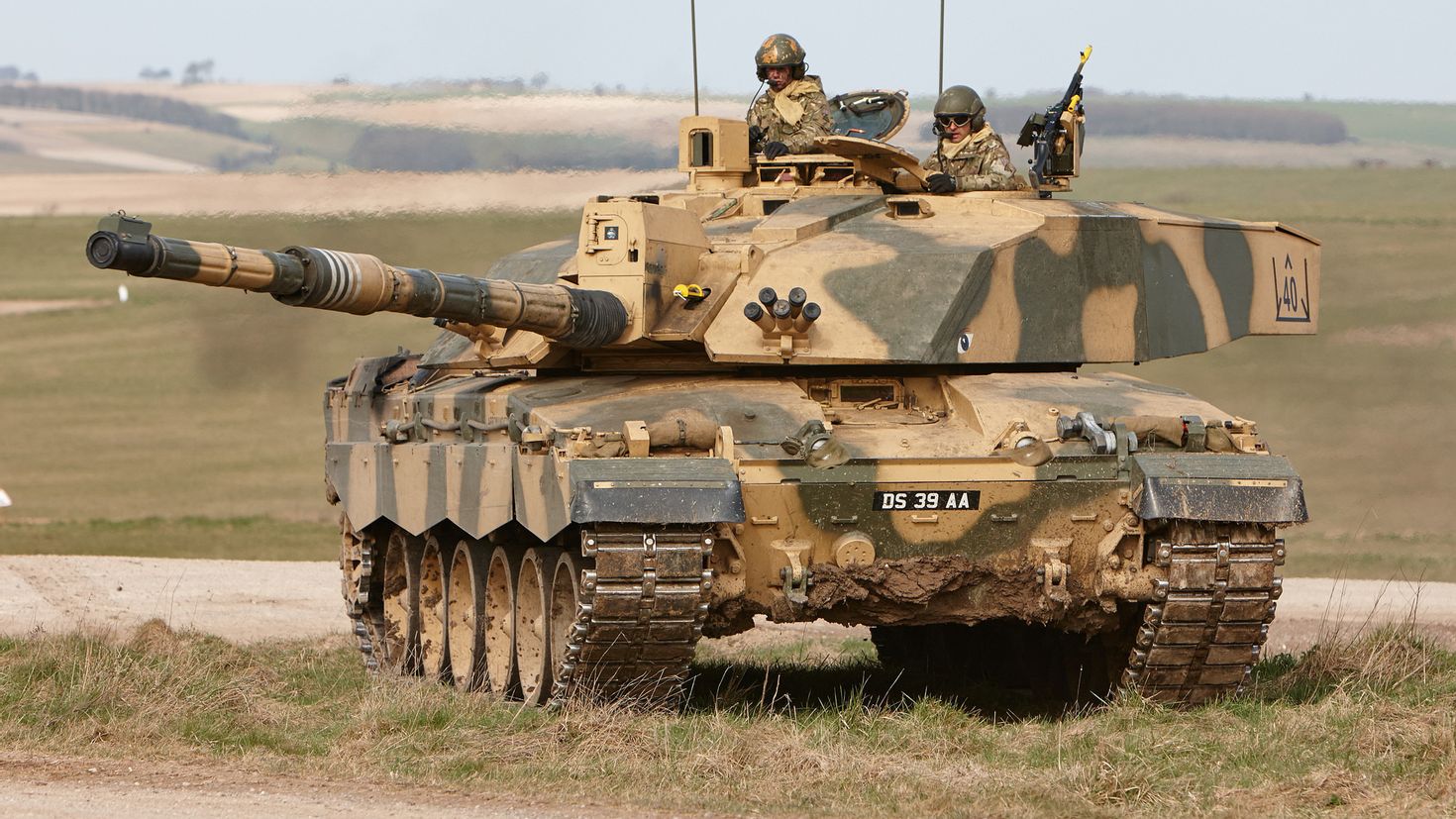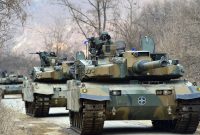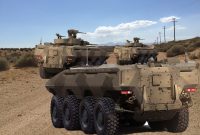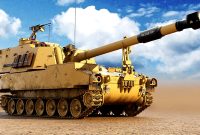In the realm of modern armored warfare, the Challenger 2 stands as a testament to British engineering excellence. A third-generation main battle tank, it has served the military forces of the United Kingdom, Oman, and Ukraine with distinction. Designed by Vickers Defense Systems in 1986, the Challenger 2 is an evolved iteration of its predecessor, the Challenger 1, incorporating advanced features and superior firepower.
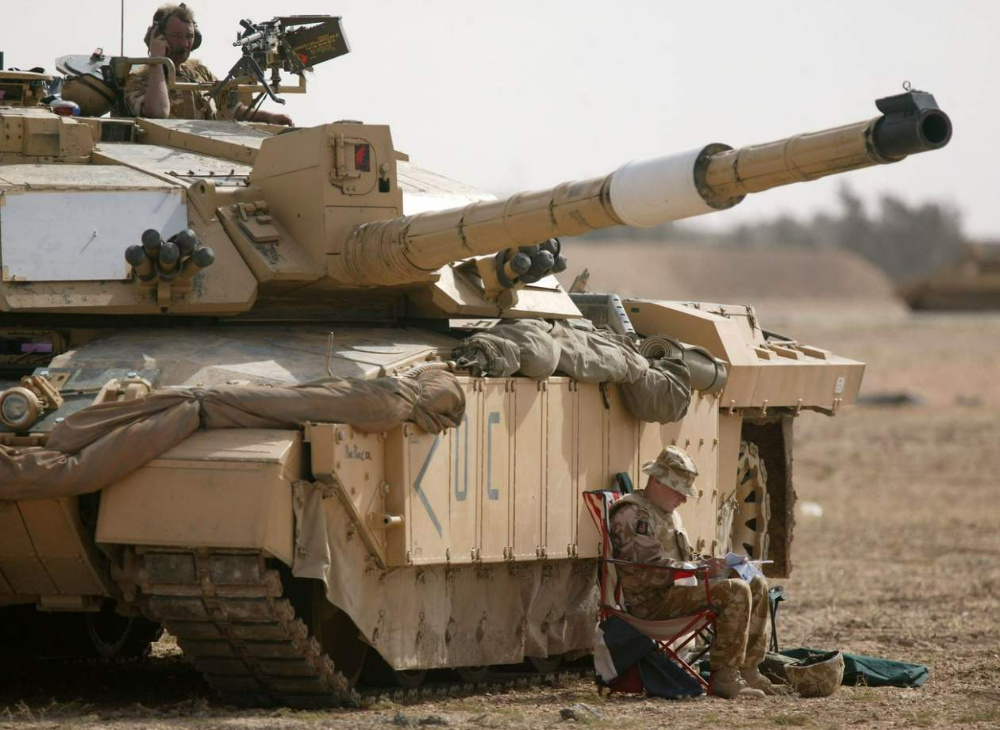
Challenger 2’s Arsenal: At the heart of the Challenger 2’s combat prowess is its formidable weaponry. Armed with a smoothbore 120mm L30A1 cannon, capable of firing a variety of rounds including HEAT, APFSDS, and HE fragmentation, the tank boasts a significant punch. The turret also houses a coaxial 7.62mm machine gun and an anti-aircraft 7.62mm machine gun. This lethal combination ensures the Challenger 2’s effectiveness on diverse battlefields.
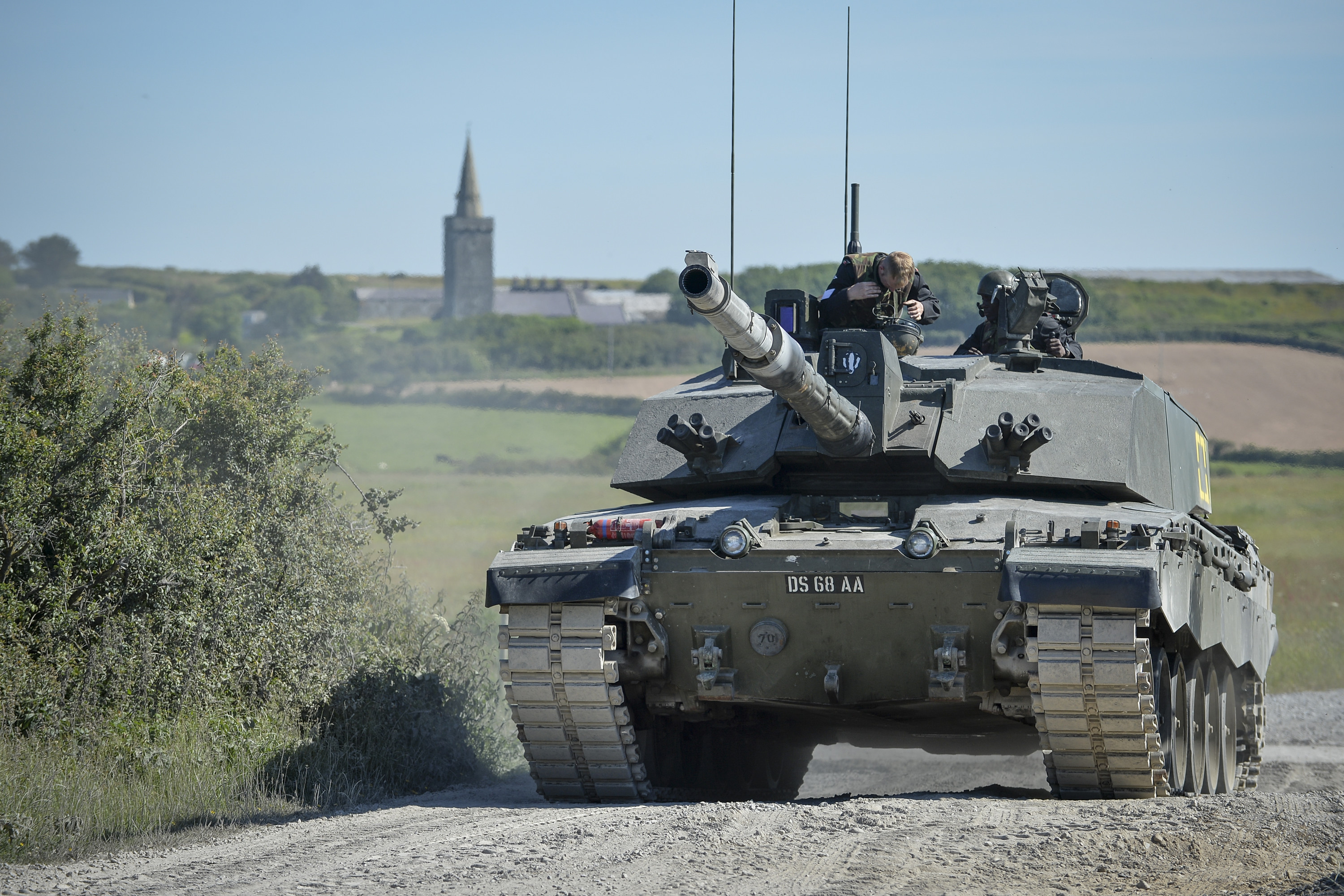
Impenetrable Armor: The Challenger 2 is fortified with Chobham armor, 120mm thick at the front and 70mm at the rear. Composed of layered materials including steel, ceramics, and depleted uranium, this armor provides an exceptional level of protection. The tank is also equipped with NBC (nuclear, biological, chemical) protection systems, safeguarding the crew against a spectrum of threats.
Power and Propulsion: Propelling the Challenger 2 forward is the robust Perkins CV12-1200 12-cylinder diesel engine, generating a formidable 1,200 horsepower. This powerhouse allows the tank to achieve a maximum speed of 59 km/h on roads and 40 km/h across challenging terrains.
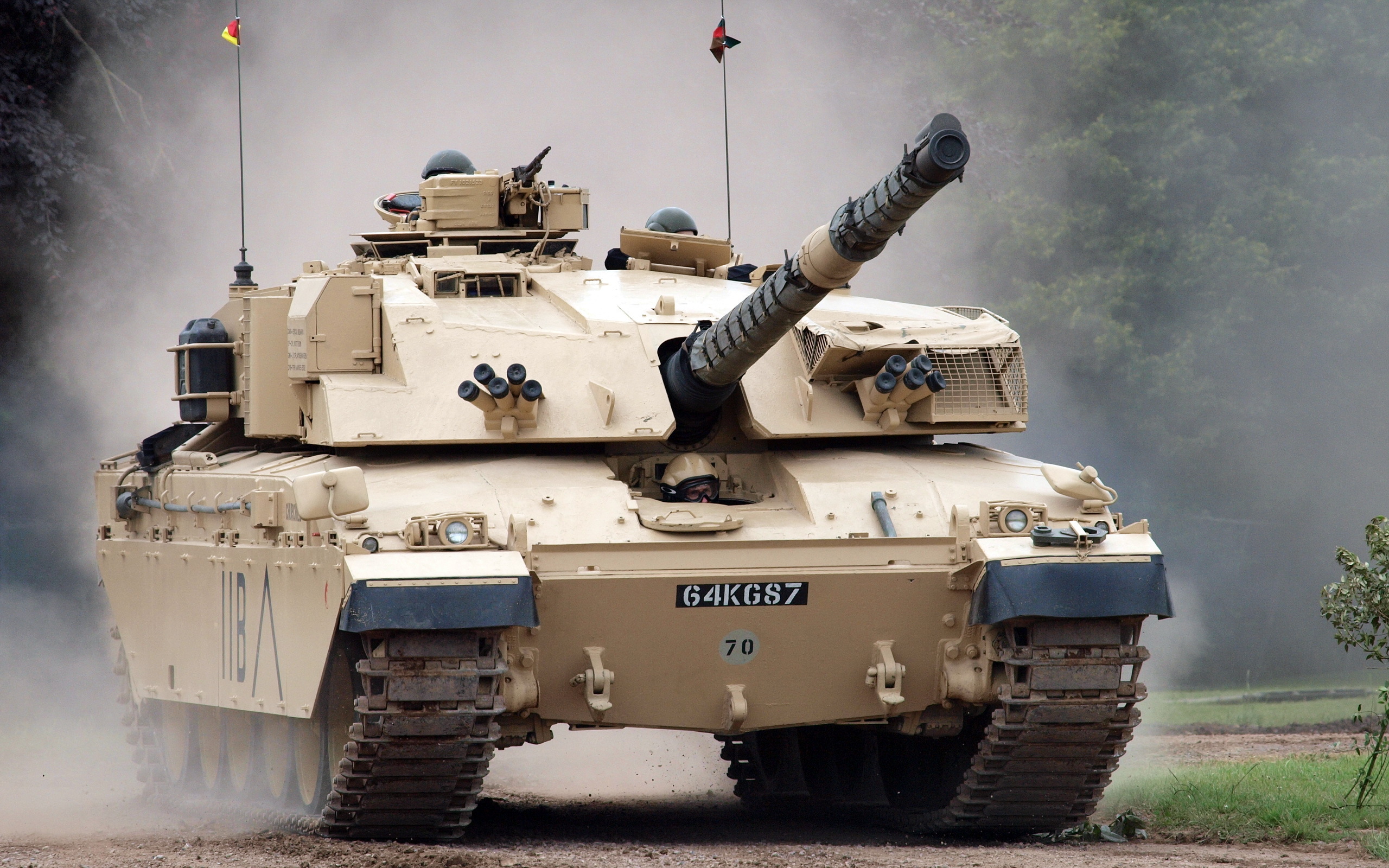
Operational History: The Challenger 2 has seen action in various conflicts, including the Iraq War in 2003 and the Syrian Civil War. In Iraq, it proved itself as one of the best-protected tanks globally, showcasing its resilience and reliability on the battlefield.
Technical Specifications: The technical specifications of the Challenger 2 include:
- Weight: 62.5 tons
- Length: 10.5 meters
- Width: 3.6 meters
- Height: 3.0 meters
- Armament: 120mm smoothbore L30A1 cannon, coaxial 7.62mm machine gun, anti-aircraft 7.62mm machine gun
- Armor: Chobham armor, 120mm front, 70mm rear
- Engine: Perkins CV12-1200 12-cylinder diesel, 1,200 horsepower
- Maximum Speed: 59 km/h on roads, 40 km/h off-road
Strengths of the Challenger 2:
- Superior Protection: With its Chobham armor, the Challenger 2 stands among the most well-protected tanks globally.
- Reliable Performance: Demonstrated as a reliable tank, the Challenger 2 operates effectively in diverse and challenging conditions.
- Powerful Arsenal: Equipped with the 120mm L30A1 cannon, the tank possesses a versatile and potent weaponry suite.
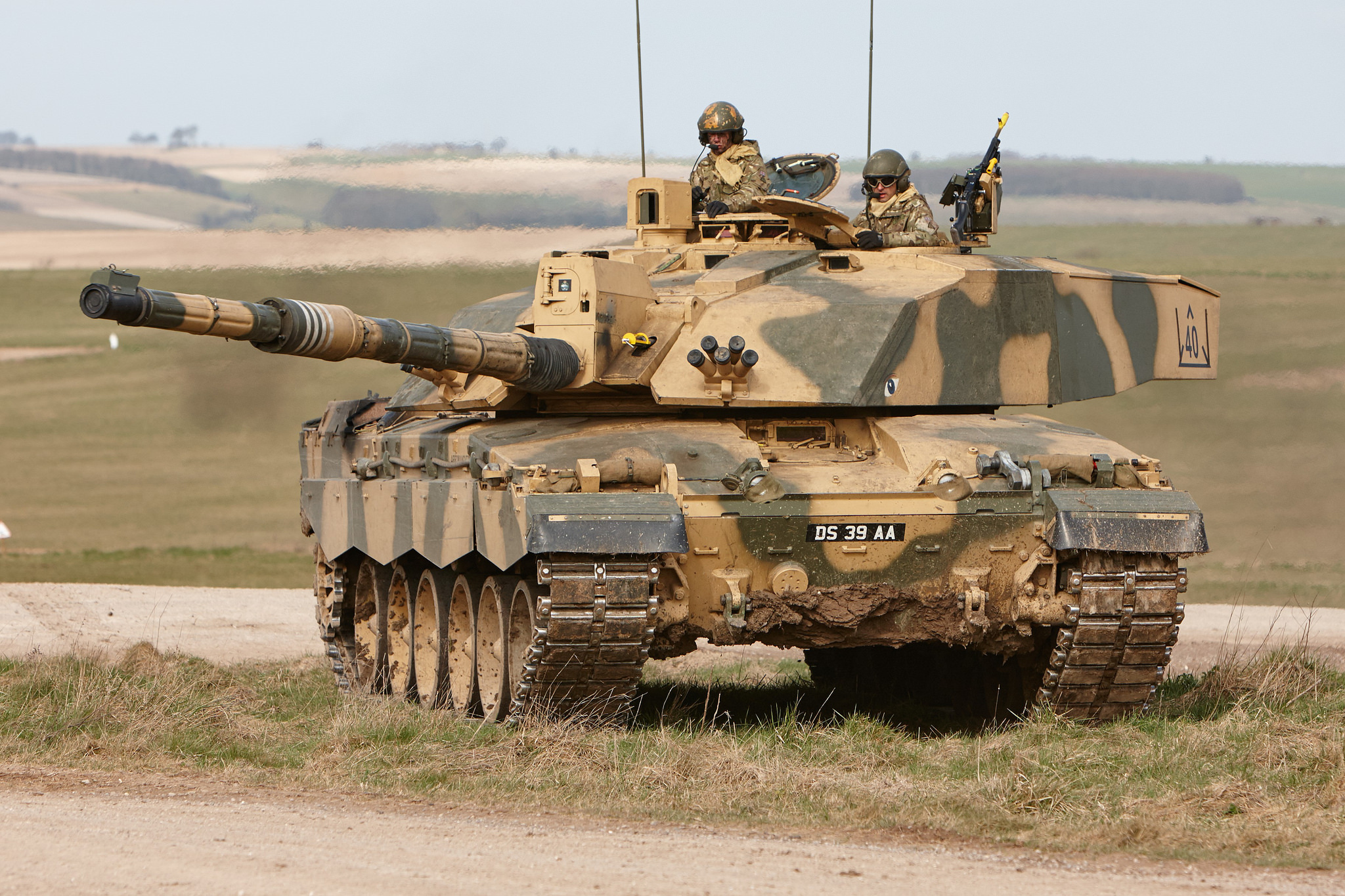
Weaknesses of the Challenger 2:
- High Cost: The Challenger 2 ranks among the most expensive tanks globally.
- Size: Its considerable dimensions can pose challenges in maneuvering through tight and confined spaces.
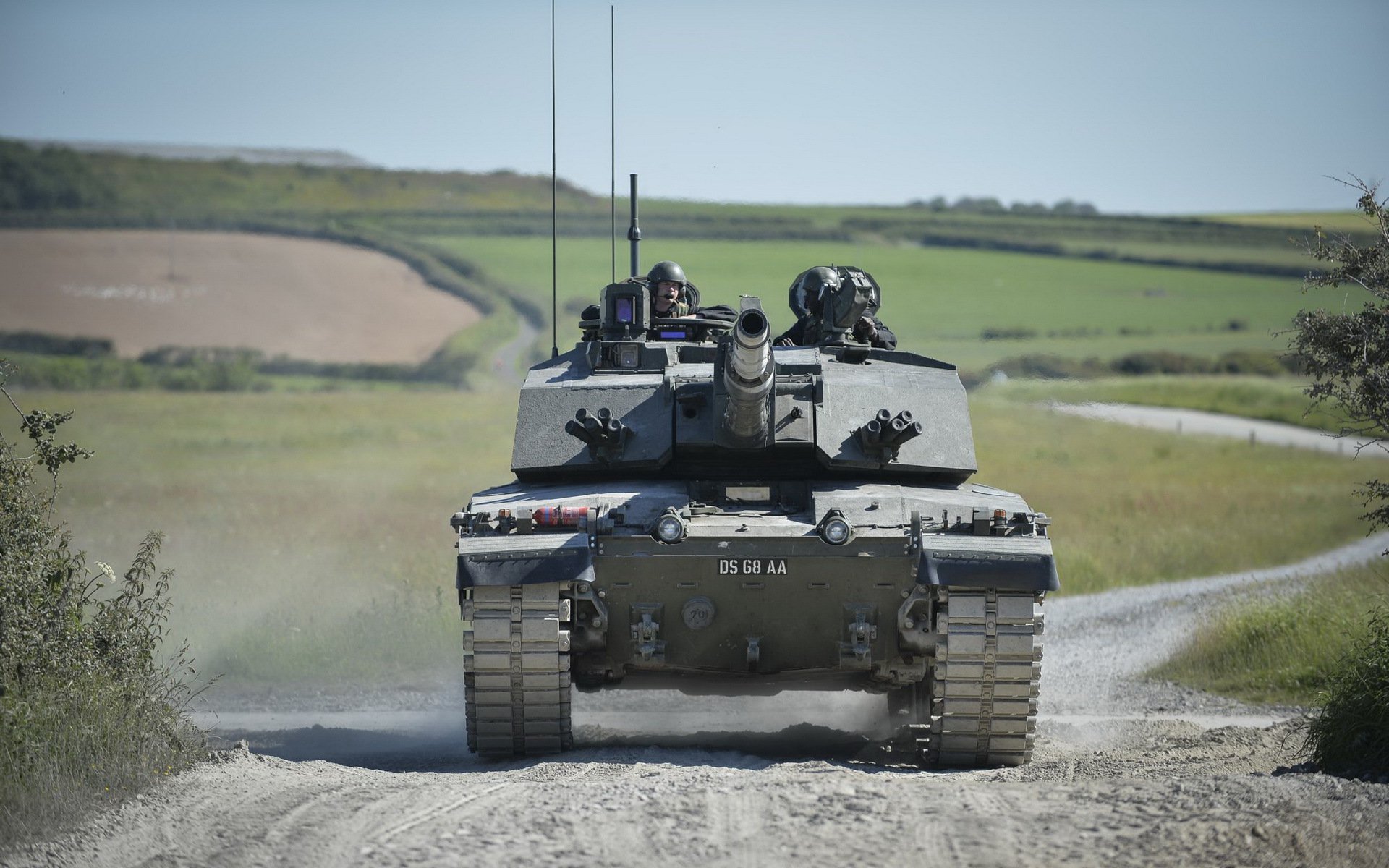
Future Prospects: Currently employed by the military forces of the United Kingdom, Oman, and Ukraine, the Challenger 2 is expected to remain in service with the British Army until at least 2035. Its longevity is a testament to its enduring capabilities and continued relevance in the ever-evolving landscape of armored warfare.
Conclusion: The Challenger 2’s legacy as a formidable main battle tank underscores its significance in modern military operations. With a blend of cutting-edge technology, impenetrable armor, and reliable performance, the Challenger 2 stands tall as a symbol of British military prowess. As it continues to serve on the front lines, this armored behemoth remains a cornerstone of the United Kingdom’s armored forces, a guardian of security, and a beacon of innovation in the world of military technology.

